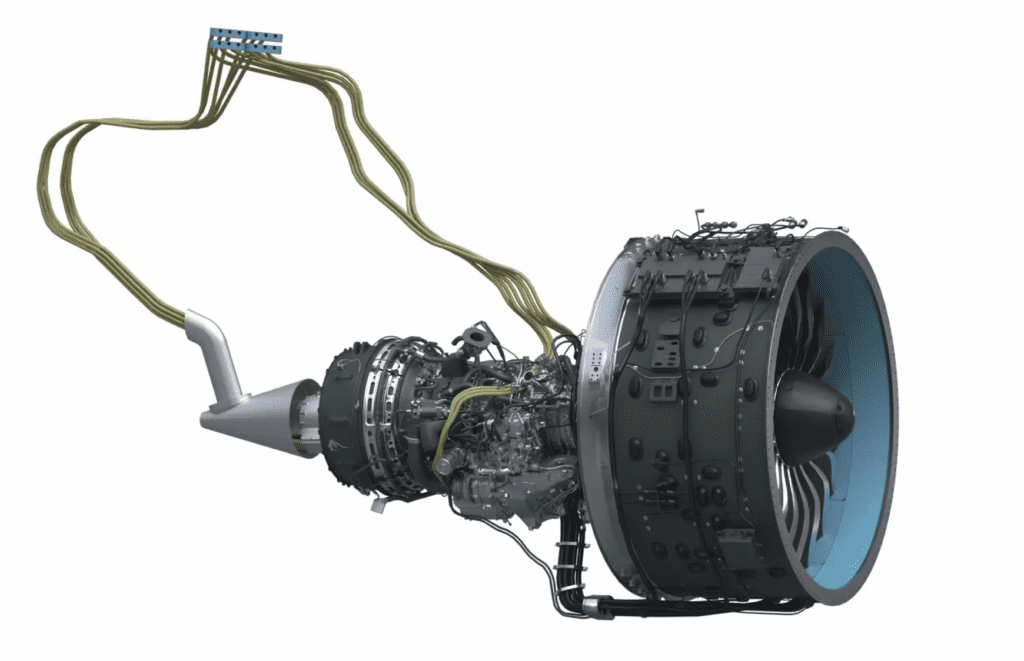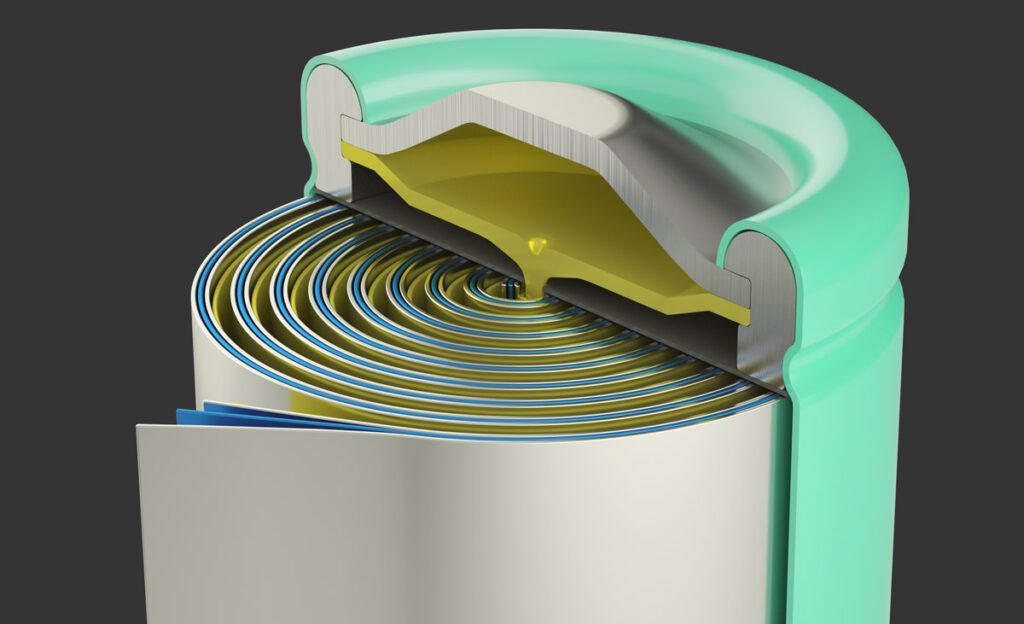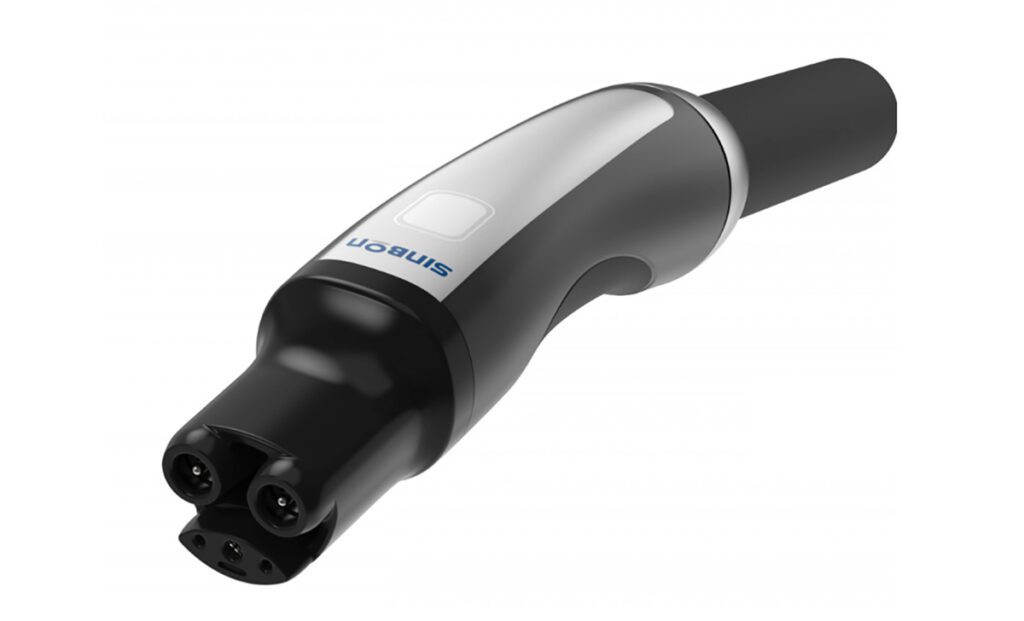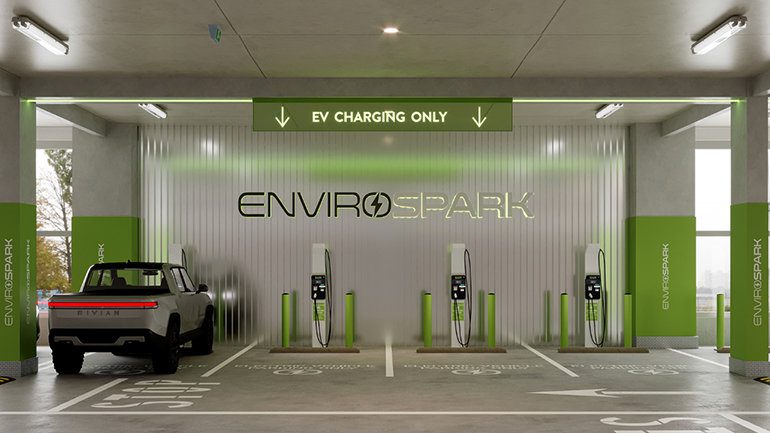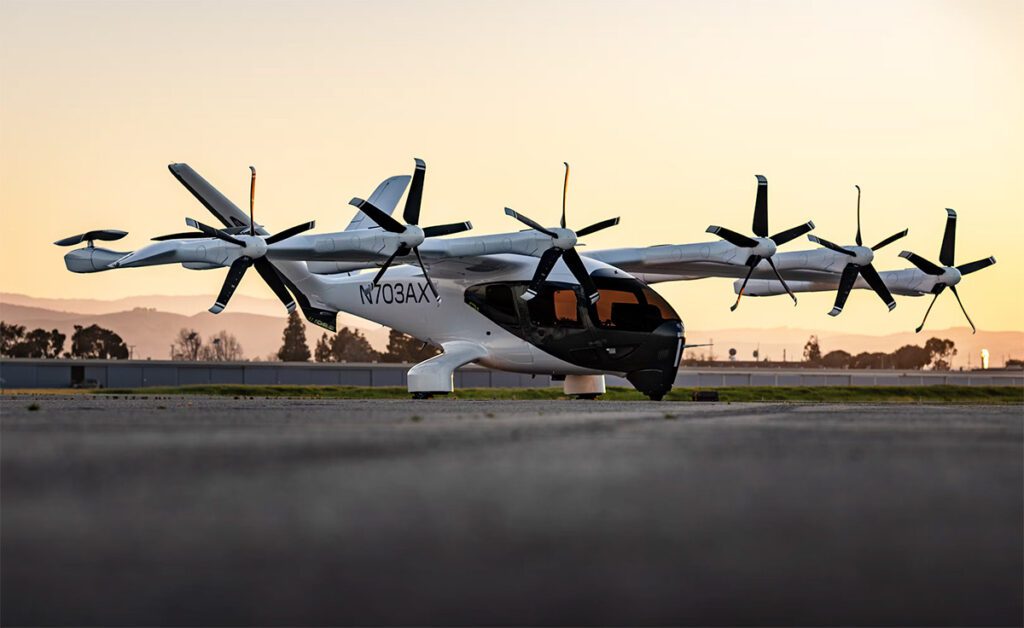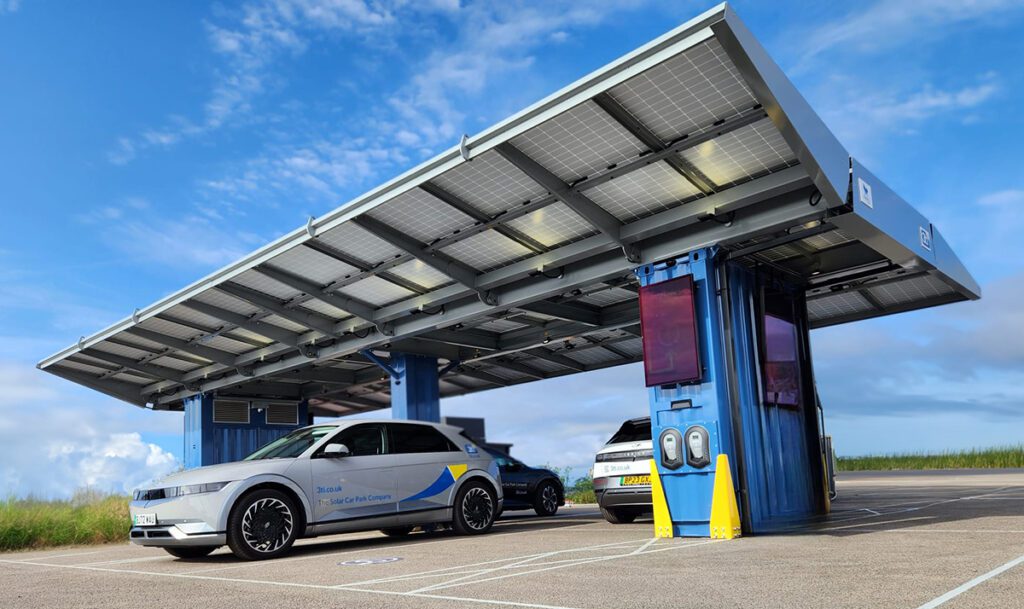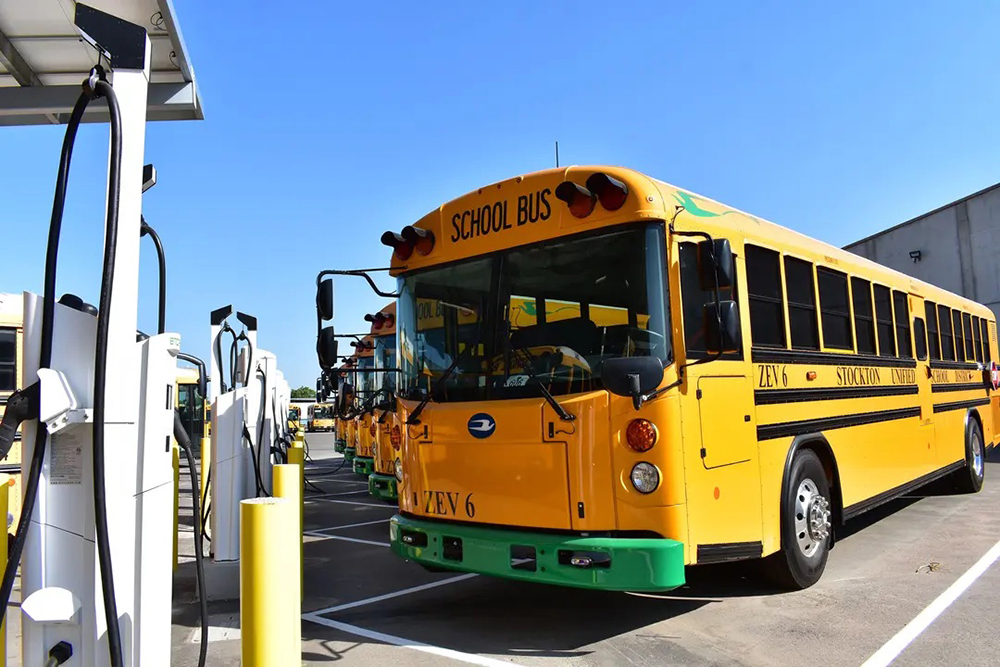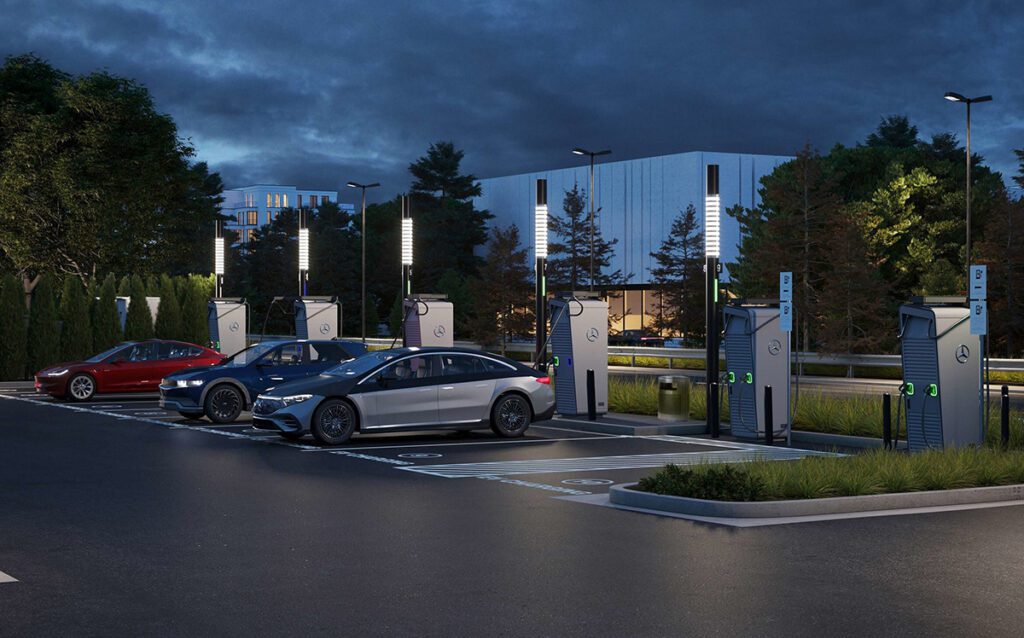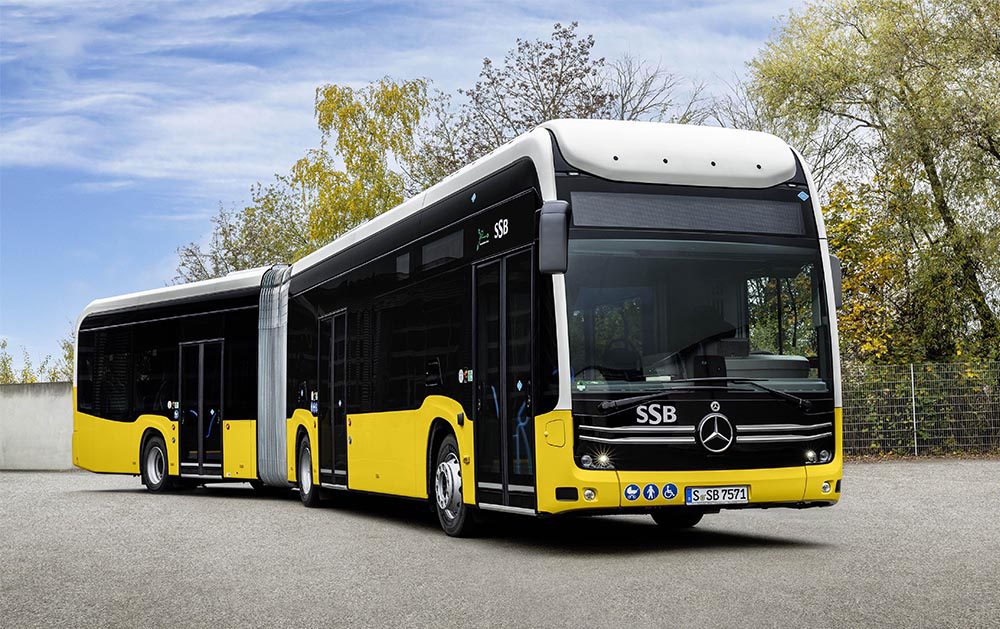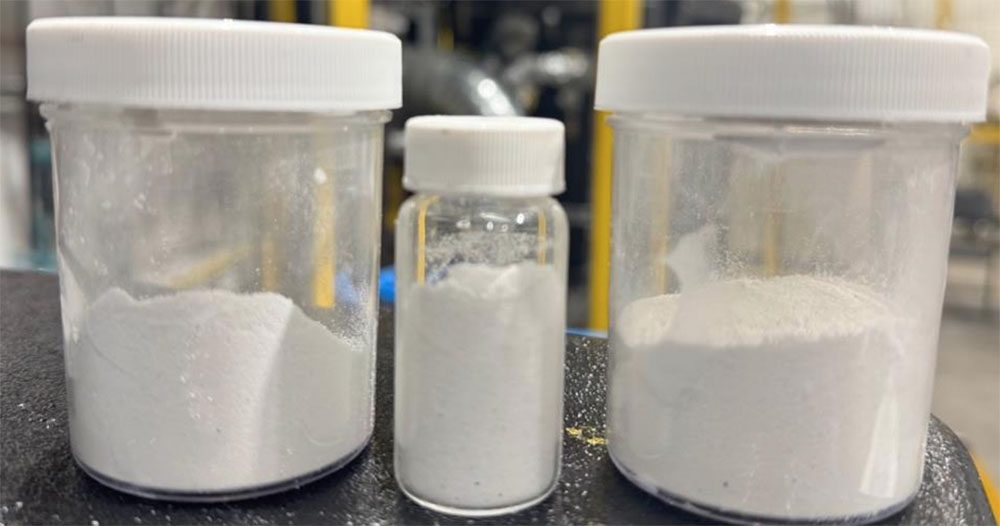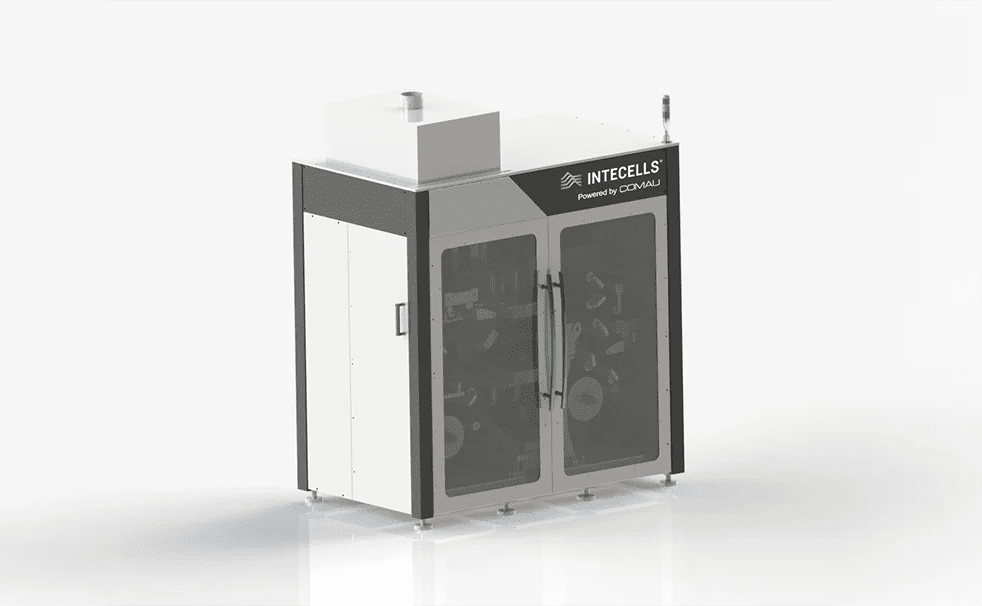Researchers at Penn State, with a colleague from EC Power, have devised a new control strategy that can rapidly restore EV battery power and permit full regeneration while driving at temperatures as low as -40° C. The strategy involves heating the battery internally during regenerative braking and rest periods.
In “Rapid restoration of electric vehicle battery performance while driving at cold temperatures,” published in the Journal of Power Sources, Guangsheng Zhang and colleagues report that this technique significantly increases range. The researchers demonstrated a 49% improvement in range at -40° C in simulated US06 driving cycle tests. The team suggests that smart batteries with embedded sensing/actuation can significantly improve their cold-weather performance.
Two technical problems with Li-ion batteries cause range to decrease in cold weather. First, regenerative braking is restricted or completely turned off at cold temperatures due to the phenomenon of lithium plating. Second, there is significant power loss due to sluggish reaction kinetics, slow diffusion, reduced electrolyte conductivity, and increased solid-electrolyte interface (SEI) resistance at low temperatures.
Efforts to increase battery power at cold temperatures have included reformulating electrolytes, hybridizing batteries with high-power supercapacitors, and preheating batteries before driving, which is slow and inconvenient.

“Here we demonstrate an active control strategy that can rapidly restore EV battery power while driving, which eliminates any need to wait for preheating,” write Zhang and colleagues.
The team used self-heating Li-ion battery NCM cells with two embedded nickel foils. One end of the nickel foil is connected to the negative terminal of the cell, while the other end extends out of the cell as an activation terminal. A switch is placed between the positive and activation terminals. When the switch is on, the cell works in heating mode: high current passes through the nickel foils and rapidly generates heat. When the switch is off, the cell works just like a conventional cell.
The control strategy activates self-heating during braking and rest periods, thereby not compromising battery power delivery. It enables full recovery of regenerative braking energy and increased utilization of available energy even at low temperatures.
“We showed that delivering 90% of the room-temperature driving energy in the -40° C environment is highly possible making the functionality and performance of EVs truly weather-independent like internal combustion engines,” write the researchers. “This work paves the way for the specification of ‘all-climate range’ (-20° C to 40° C), a new criterion intended to measure cruise range of electric cars in real-world conditions.”
Source: Journal of Power Sources via Green Car Congress







































